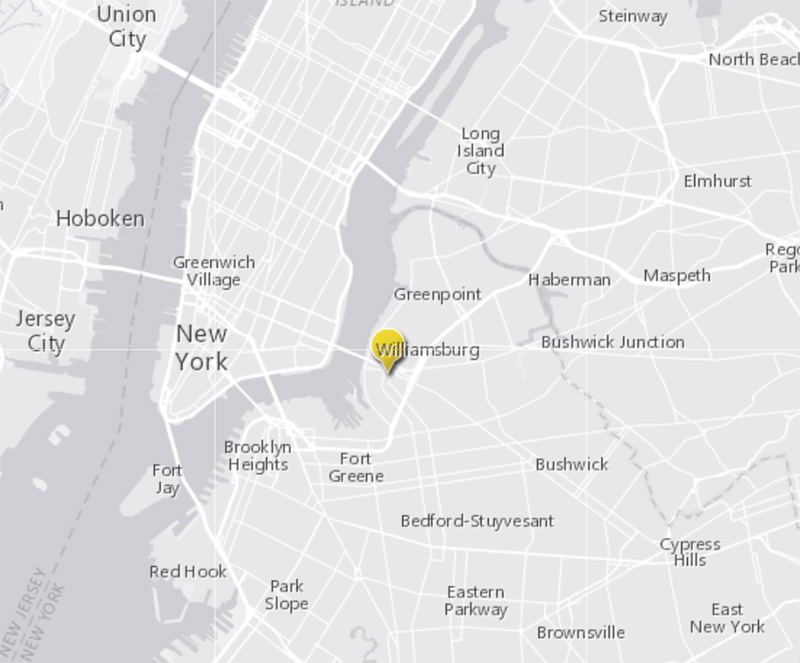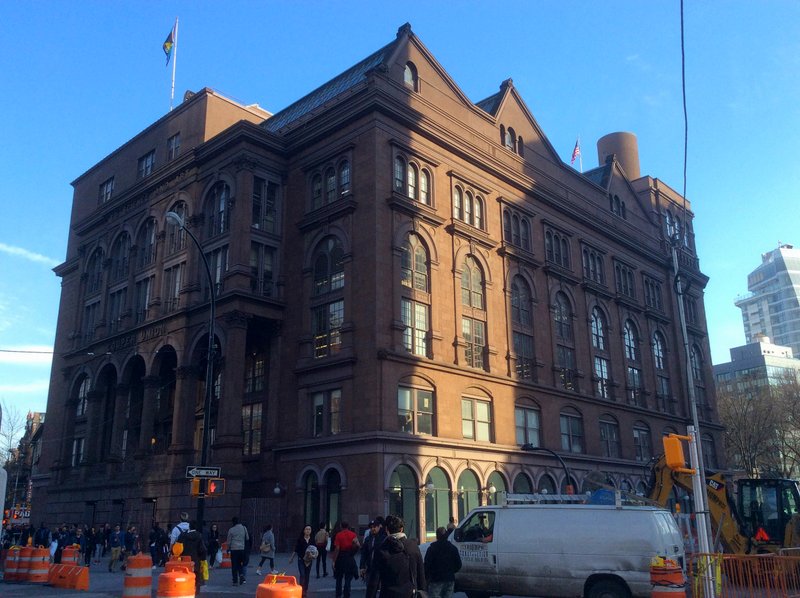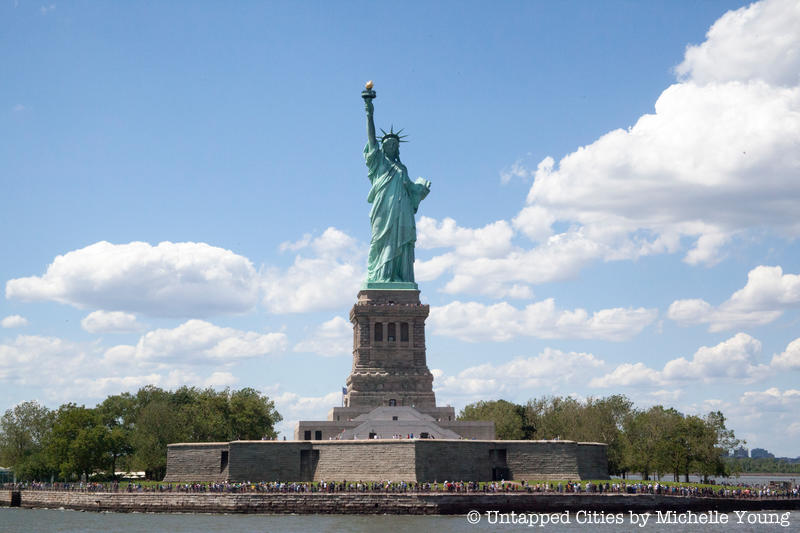 Interactive story map on the NYC Landmarks Preservation Commission page. Image via NYCLPC
Interactive story map on the NYC Landmarks Preservation Commission page. Image via NYCLPC
November 6, 2017 marks a century since women were granted the right to vote in New York state. To celebrate the centennial of women’s suffrage, the Landmarks Preservation Commission recently launched NYC Landmarks and The Vote at 100, an interactive story map that features various New York City landmarks associated with the suffrage movement for American women.

 Cooper Union, the site that where the Tenth National Women’s Rights Convention in May 1860. Photo by Amy Cools for Untapped Cities.
Cooper Union, the site that where the Tenth National Women’s Rights Convention in May 1860. Photo by Amy Cools for Untapped Cities.
New York was the first state east of the Mississippi River to allow women to vote. New York City, as the state’s and country’s largest city, was also a “political, social and cultural trendsetter,” and its support for women’s suffrage eventually led to the passage of the 19th Amendment of the Constitution, granting full voting rights to women nationwide in 1920.
The story map specifically educates viewers on the significant history of over 40 different landmark sites associated with the movement, including Cooper Union, Carnegie Hall and the Colony Club. Photos, videos, text and maps come together in a seven-part series that sheds light on the mainstream women’s movement and the contributions of African Americans suffragists (like Sarah Smith Garney, New York’s first female African American public school principal), labor activists and young insurgents. This also includes information about suffrage organizations like the National American Woman Suffrage Association (NAWSA), headed by Susan B. Anthony (and later, Carrie Chapman Catt).
 On October 27, 1886, the day before the Statue of Liberty‘s dedication ceremony, 60 members of the New York State Woman Suffrage Association (NYSWA) drafted a resolution that pointed out the irony of the the Statue representing freedom to everyone in the image a woman “when not one woman is free.”
On October 27, 1886, the day before the Statue of Liberty‘s dedication ceremony, 60 members of the New York State Woman Suffrage Association (NYSWA) drafted a resolution that pointed out the irony of the the Statue representing freedom to everyone in the image a woman “when not one woman is free.”
“This story map will enable visitors to learn about the battles that suffragists waged for the right to vote, as told by our city’s historic spaces and neighborhoods,” said Landmarks Preservation Commission Chair Meenakshi Srinivasan. “These spaces – residential, institutional, commercial buildings and others alike – are treasures of our city and a part of the shared heritage that binds us together. They tell a story that is vitally important today as we continue to honor and further the legacy of great suffragists.”
You can access the map on the NYC Landmarks Preservation Commission page here, or The Vote 100 page here.
Next, check out Women’s History Exhibition at NYC’s New-York Historical Society Celebrates 100 Years of Women’s Suffrage.





